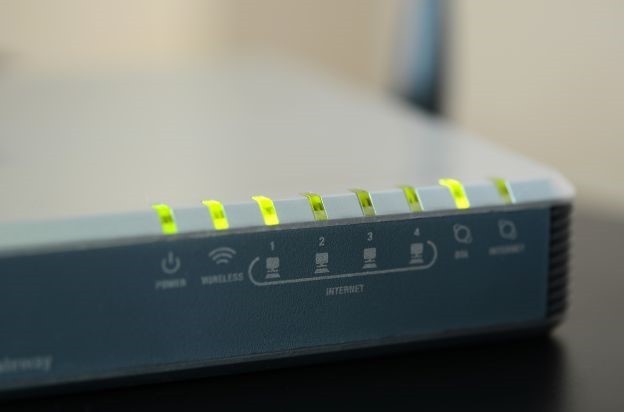
Home | Guides
 Best Router Shopping Guide
Best Router Shopping Guide
There are lots of options when it comes to purchasing a new router. And to make things even more complex, many manufacturers use jargon terms and promise hyperbolic wireless speeds which can only be achieved in theory. So, it is not a surprise that for most of us, terms such as 802.11ax can sound frightening. Fear not, though, because the goal of this guide is to demystify all those tech terms.
Let's begin with the 802.11 standards. The Institute of Electrical and Electronics Engineers (IEEE) has decided the naming convention for all the wireless networks. We've got 802.11b, 802.11g, 802.11ac, and so on; no wonder that so many people feel confused!
The good news is that Wi-Fi Alliance, the nonprofit which handles that nomenclature, has realized that all of this is too complex for people like you and me, so they have decided to do something about it. Therefore, 802.11g has been renamed to Wi-Fi 3, 802.11ac is Wi-Fi 5, and so on.
So, things are much simpler now; if you want to purchase a new router, go for one that supports the Wi-Fi 6 standard. I won't go into too many details, but let's just say that a Wi-Fi 6 router is safer, faster, and can serve many more network clients at the same time.
To benefit from this significant wireless network upgrade, you will need to have Wi-Fi 6 compatible devices. Unfortunately, most phones, tablets, laptops, etc. are only compatible with Wi-Fi 5. Nevertheless, we should start to see devices that incorporate Wi-Fi 6 radio chips in the near future, and purchasing a modern router today is essential, because it secures the entry gate to our home networks.
Some devices will also display AC and AX numbers on their boxes, such as "AC2600"; those numbers indicate the router's theoretical speed. Always choose an AX-labeled router, because this option confirms that you've chosen a Wi-Fi 6 device. As for the figure at the end, the higher the number, the better. Still, since manufacturers add the achievable data transfer rates on the 2.4GHz and 5GHz bands to boost this figure, you will have to read the small print carefully.
Speaking of Wi-Fi bands, choose a router that supports them both and has two independent radios, allowing you to run two Wi-Fi networks at the same time. You will appreciate the convenience of being able to give your friends full access to the 2.4GHz network without exposing your devices, which are connected to the 5GHz network.
Additionally, each frequency band has its own pros and cons. The older 2.4GHz band works better for devices which have been placed away from the router, while the 5GHz band provides better data transfer rates for network clients that are close to the router.
Always pick a device that supports Multi-User, Multiple-Input, Multiple-Output, aka MU-MIMO. This is a clever system that splits router signal intelligently, directing it towards the clients that need it most. MU-MIMO made its debut in Wi-Fi 5 routers, and it works even better with Wi-Fi 6 devices.
If you plan to run online games that require low latencies, go for a router that provides Quality of Service (QoS) support. This feature will give you the ability to assign more bandwidth to a particular device, which needs prioritized Internet access. It goes without saying that for best online gaming performance, you should connect to the network using an Ethernet cable.
These are the most important router features. Some products provide additional features that you may find useful, such as parental control, hardware-based firewalls, etc. And if you don't understand what a particular feature does, a quick Internet search should help you solve the problem for good.